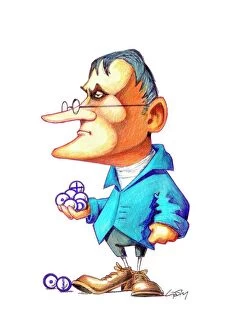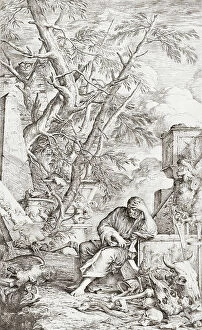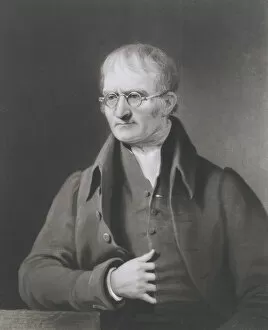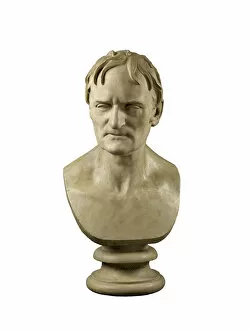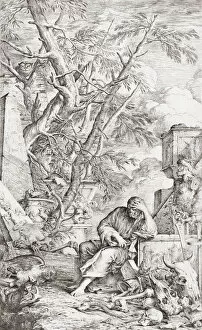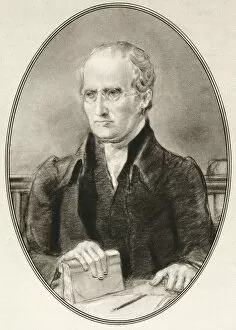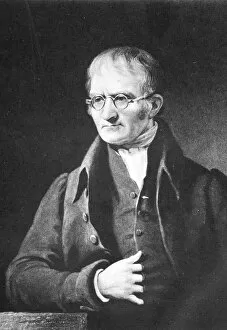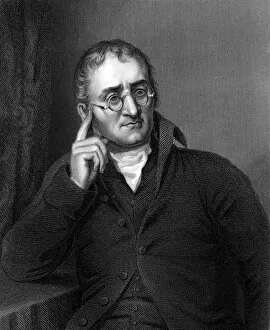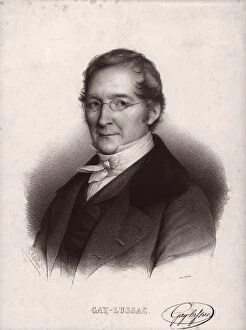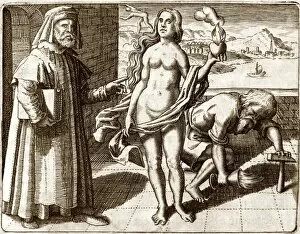Atomic Theory Collection
"Unveiling the Foundations of Matter: The Journey of Atomic Theory" Step into the world of atomic theory
For sale as Licensed Images
Choose your image, Select your licence and Download the media
"Unveiling the Foundations of Matter: The Journey of Atomic Theory" Step into the world of atomic theory, where groundbreaking discoveries and visionary minds have shaped our understanding of the building blocks of matter. At its core stands John Dalton, a brilliant British chemist born in 1766. In 1803, Dalton proposed his revolutionary atomic theory that revolutionized chemistry forever. His meticulous research led to Daltons table of atomic symbols in 1835, providing a systematic framework for elements and their properties. A portrait engraved by C. Turner immortalizes this scientific pioneer's contributions. Delving deeper into history, we encounter Democritus, an ancient Greek philosopher who conceived an atomic theory centuries before Dalton's time. An intriguing depiction from 1830 captures Democritus lost in meditation as he contemplates the universe's composition. Another luminary emerges on our journey - Jons Jakob Berzelius, a Swedish chemist whose work during the 1830s further expanded upon Dalton's theories. His contributions solidified our understanding of chemical formulas and nomenclature. Returning to John Dalton himself, various portraits spanning different eras showcase his enduring legacy. From a plaster bust created in 1834 to artistic renditions capturing his essence throughout the nineteenth century and beyond – each image pays homage to this remarkable scientist. As we reach c1860 and then leap forward to 1881 and c1890 respectively, we witness how Dalton's ideas continued to shape scientific discourse across generations. His influence remains indelible even today as scientists build upon his foundation. Atomic theory has propelled humanity towards unparalleled advancements – from unlocking nuclear energy to unraveling molecular structures essential for medicine and technology alike, and is through these tireless efforts that we continue exploring new frontiers at microscopic scales while marveling at the vastness they unlock within our universe.

